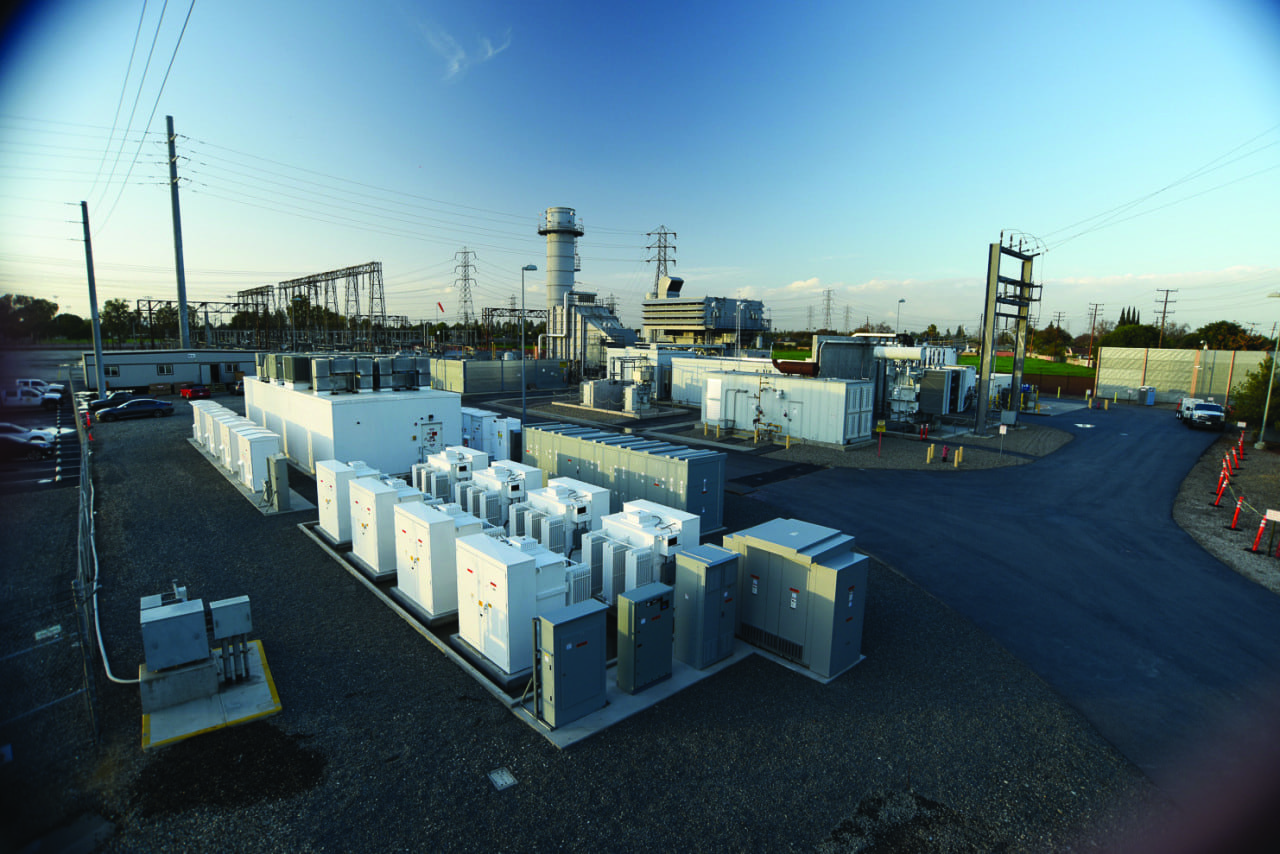SCE, GE Debut Battery-Gas Turbine Hybrid System
Southern California Edison (SCE) put online the world’s first battery–gas turbine hybrid system on March 30 in Norwalk, Calif., pioneering a new direction in the way power could be generated and stored.
The LM6000 Hybrid Electric Gas Turbine (Hybrid EGT, Figure 3) integrates a 10-MW/4.3-MWh lithium-ion battery energy storage system supplied by GE’s energy technology arm Current and an existing 50-MW GE LM6000 aeroderivative gas turbine. The turbine is “essentially a ground-based version of GE’s popular CF6 jet engine—the same engine that powers many Boeing 747s, including Air Force One,” GE noted.
However, according to GE, the heart of the Hybrid EGT is the “groundbreaking control system, which seamlessly blends output between the battery and the gas turbine.” The battery’s storage capacity has been designed to provide enough time coverage to allow the gas turbine to start and reach its designated power output, GE said. It essentially allows SCE to operate the turbine in standby mode without using fuel or water, allowing operators to dispatch power the second demand surges, and enabling an immediate response to changing energy dispatch needs.
GE and SCE developed the system in collaboration with construction firm Wellhead Power Solutions as a response to the catastrophic natural gas leak at the massive Aliso Canyon gas storage facility above the Porter Ranch section of Los Angeles in the fall of 2015. The gas leak left regional gas-fired generators in a lurch, but rather than reestablishing gas supplies, the California Public Utilities Commission in May 2016 expedited the approval of around 100 MW of battery storage in SCE and San Diego Electric and Gas territories. By the end of February, most of these contracted projects had come online, many of which were large four-hour systems (for more, see “Battery Storage Goes Mainstream,” in POWER’s May 2017 issue).
While the companies announced the first Hybrid EGT project in October 2016, it was up and running about six months later. “We worked with SCE to address a very specific need, but this solution has applications that go far beyond,” noted Paul McElhinney, president and CEO for GE’s Power Services, in April. Interest in the project has especially surged in California, which wants to use renewables for half of its power consumption by 2030.
SCE President Ron Nichols said that the solution would provide “stellar environmental benefits” and greater integration of renewables. “Think of this as a big version of a plug-in hybrid,” he said on April 17 during the ribbon-cutting ceremony. “If we don’t have to drive very far, we don’t have to use gas. If we need to go further, the gas engine is there to meet our needs. It provides ready power to meet expected and sometimes unexpected energy needs.” SCE is now looking to add Hybrid EGTs at three other existing peaker plants, he said.
—Sonal Patel is a POWER associate editor
